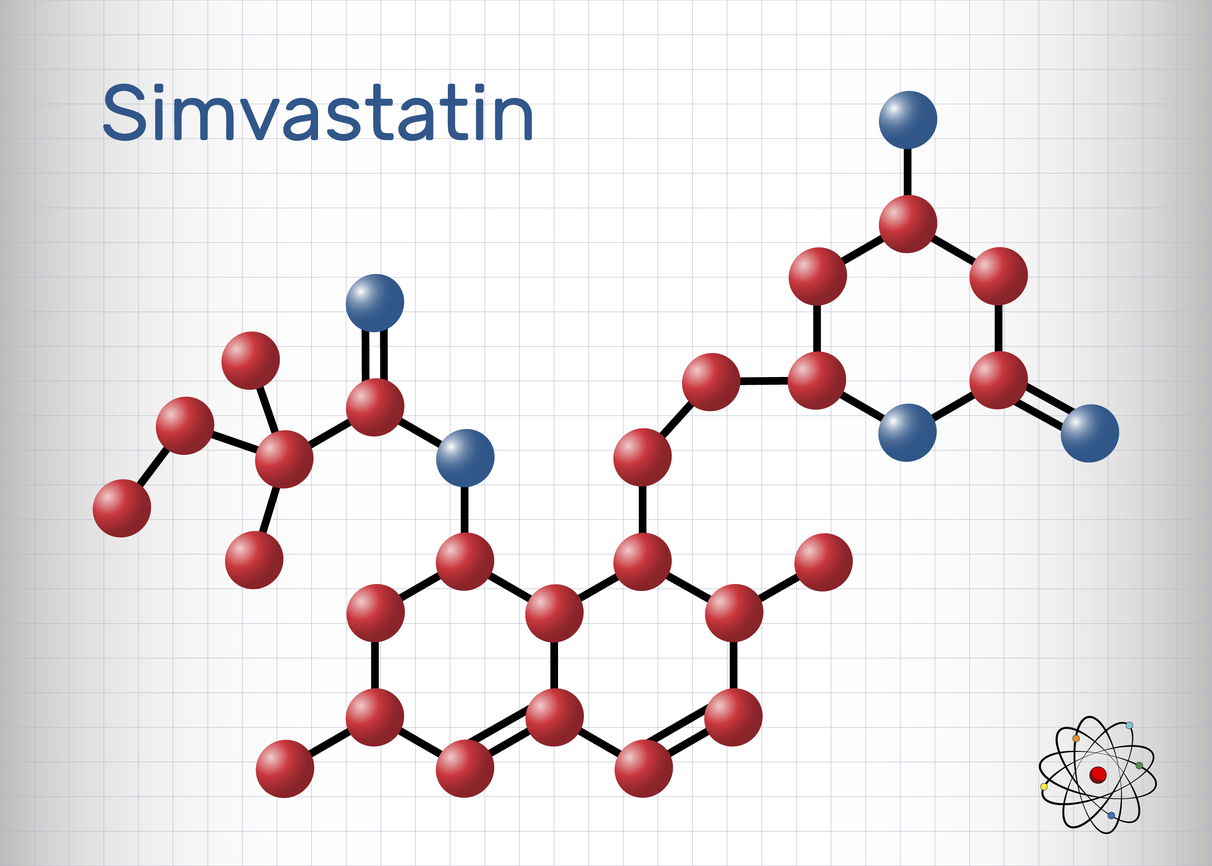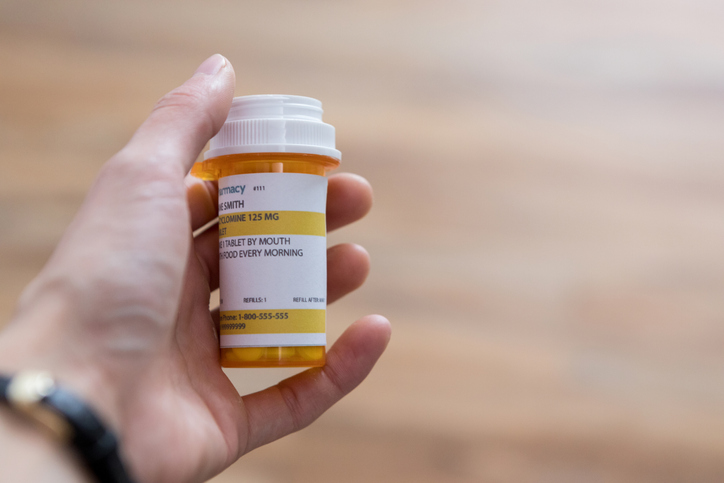Pain
Possible Systemic Complications of Complex Regional Pain Syndrome (CRPS)

Complex regional pain syndrome, or CRPS, can cause medical complications that extend beyond the affected limb or body part. This is especially true for severe and long-lasting CRPS. These complications can affect specific systems of the body or the body as a whole.
Fatigue
Fatigue, lethargy, tiredness and weakness are frequent complications of complex regional pain syndrome. This is likely due to the body’s inflammatory response as the condition progresses. Extreme fatigue can also be caused by endocrine system dysfunction, which can occur in conjunction with CRPS due to high stress levels and the use of certain medications.
Cognitive changes
Some individuals with severe CRPS experience cognitive changes. These changes can include difficulties with memory, behavior control and other cognitive functions. Structural changes that occur in the brain may be the cause of these symptoms.
Cardiac complications
Complex regional pain syndrome can cause a slightly higher than normal pulse rate as well as decreased heart rate variability. In some individuals with CRPS, insufficient blood flow to the brain can cause a brief loss of consciousness known as syncope (fainting). This is more common when CRPS affects a lower limb.
Though unrelated to the heart, chest pain due to irritation of the intercostobrachial (ICB) nerve can occur in individuals who have CRPS that affects an upper limb. Oftentimes, chest pain due to CRPS occurs when lifting the arms because the motion irritates the nerve.
Respiratory complications
Another possible complication of complex regional pain syndrome is difficulty taking a deep breath. This is caused by contraction of the muscles in the chest wall or irritation of the ICB nerve (inhaling activates the nerve).
Skin, hair and nail changes
Changes in the appearance and texture of the skin are extremely common complications of complex regional pain syndrome. These changes can include rashes, redness, blotchiness and lesions which may resemble bug bites or bruises. Skin may also sweat more than normal.
Individuals with CRPS may also develop ridges on their nails, or the nails may become thin and brittle. Changes in hair growth and texture depends on the duration of the condition. At first, hair may become thicker and grow faster; however, as CRPS progresses, hair loss may occur.
Gastrointestinal complications
Complex regional pain syndrome can lead to constipation, nausea, vomiting, diarrhea and indigestion. Irritable bowel syndrome or dysphagia (difficulty swallowing) may also be diagnosed. In cases of CRPS lasting longer than five years, gastroparesis (delayed stomach emptying) may occur.
Urological complications
For some individuals, CRPS may lead to urological symptoms, such as increased frequency and urgency of urination or incontinence. Pelvic and groin pain may also occur.
Not everyone who has complex regional pain syndrome will experience complications. Early diagnosis and treatment are key in the prevention of complications.


















